Statens Museum for Kunst, Copenhagen
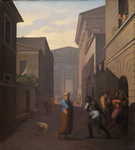
Simo and his former slave Sosia. From Terence´s Andria, Nicolai Abraham Abildgaard

The Midwife Taking Leave of the girl from Andros. From Terence´s Andria, Nicolai Abraham Abildgaard

Auðumbla, Nicolai Abraham Abildgaard
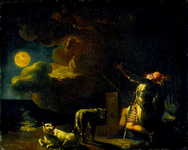
Fingal Sees the Ghosts of His Ancestors in the Moonlight, Nicolai Abraham Abildgaard
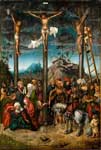
Crucifixion, Lucas Cranach the Elder
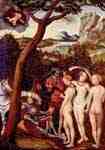
Judgment of Paris, Lucas Cranach the Elder

Portrait of a young lady, Lucas Cranach the Elder
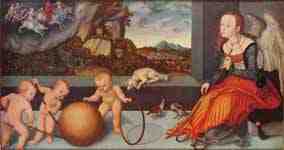
Melancholy, Lucas Cranach the Elder
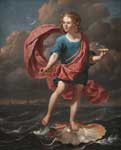
Boy Blowing Soap Bubbles. Allegory on the Transitoriness and the Brevity of Life, Karel Dujardin

Portrait of a Man, Frans Hals
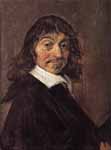
René Descartes, Frans Hals
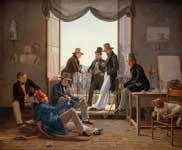
A Group of Danish Artists in Rome, Constantin Hansen
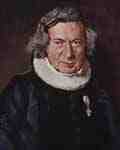
Portrai of Dr. A. G. Rudelbach, Christian Albrecht Jensen

Fertility of the earth, Jacob Jordaens
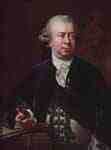
Portrait of Jacques-François-Joseph Saly, Jens Juel
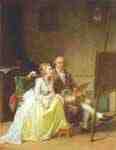
Self Portrait with his wife, Jens Juel
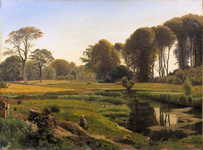
A summer day. Scene from Horneland near Faaborg, Vilhelm Kyhn
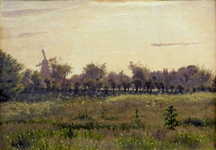
Engen at the artist's home on Farimagsvej, Vilhelm Kyhn
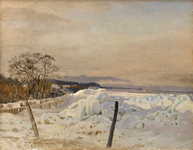
Ice packs at Tårbæk, Vilhelm Kyhn
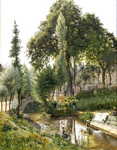
Landscape from the Savoy with women washing in the river, Vilhelm Kyhn

Landscape at North Forest near Jægerspris, Vilhelm Kyhn
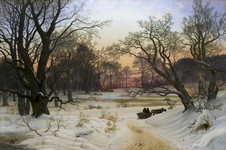
Winter evening in a forest, Vilhelm Kyhn
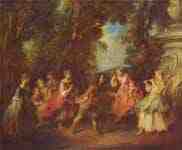
Outdoor game (Le jeu des quatre-coins), Nicolas Lancret

Diana and Her Nymphs, Jacob van Loo
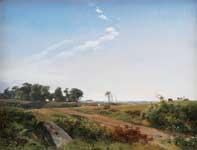
Zealand Landscape. Open Country in North Zealand, Johan Thomas Lundbye
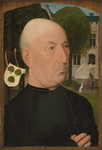
Portrait of Jacob Jansz van der Meer, Jan Mostaert

Alice, Amedeo Modigliani

St. John's on Tisvilde Beach, Julius Paulsen

Under the Pont des Arts, Paris, Julius Paulsen
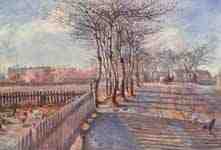
Avenue near Kastrup, Theodor Esbern Philipsen
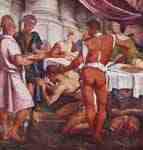
Beheading of John the Baptist, Jacopo da Ponte

Card and Backgammon Players. Fight over Cards, Theodor Rombouts

Democritus In Meditation, Salvator Rosa

Kirsten Svendsdatter Finds The Gold Horn, Niels Simonsen
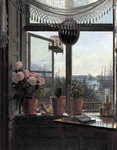
View from the Artist's Window, Martinus Rørbye
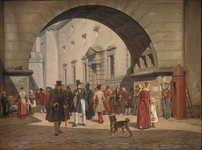
The passageway connecting the jailhouse to the courthouse, Martinus Rørbye

Landscape at Blokhus, Martinus Rørbye

Christ as Man of Sorrows. Andrea Mantegna
---

Distinguished, Young couple, Lorentz Benedicht
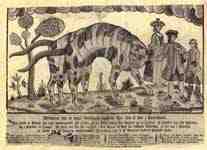
A strange malformed cat, Johan Rudolf Thiele
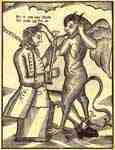
Count Struensee taken by the devil, Johan Rudolf Thiele
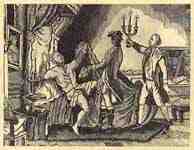
The arrest of Count Struensee, Johan Rudolf Thiele
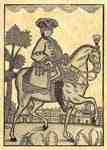
Count Struensee on horseback, Johan Rudolf Thiele
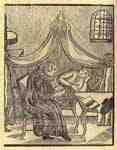
Count Struensee conversion before the execution, Johan Rudolf Thiele
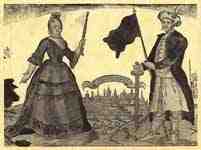
Catherine of Russia and the Turkish Great Sultan Ahmed IV, Johan Rudolf Thiele
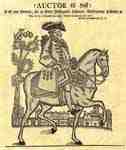
Caricature of city surgeon Reiser, Johan Rudolf Thiele
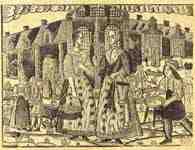
Market gossip of the maids, Johan Rudolf Thiele
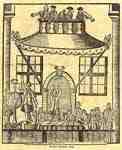
Lottery draw, Johan Rudolf Thiele
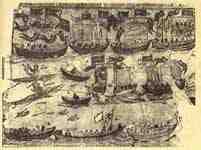
Greenlanders in Copenhagen, Christian Thielo
National Gallery of Denmark (Danish: Statens Museum for Kunst, also known as "SMK") is the Danish national gallery located in the centre of Copenhagen. Entrance to the museum's permanent collections is free.[3]
The museum collects, registers, maintains, researches and handles Danish and foreign art dating from the 14th century to the present day.
Collections
The museum's collections constitute almost 9,000 paintings and sculptures, approximately 240,000 works of art on paper as well as more than 2,600 plaster casts of figures from ancient times, the middle-ages and the Renaissance. The major part of the museum's older collections comes from the art chambers of Danish kings.
'In a Roman Osteria' by Carl Bloch, 1866
European Art 1300–1800
The display of European Art 1300–1800 is a comprehensive collection of art over the 500-year period, featuring works by Mantegna, Cranach, Titian, Rubens and Rembrandt. The art is spread over thirteen rooms, and is the oldest art collection in Denmark, with a particular emphasis on Danish, Dutch, Flemish, Italian, French, Spanish and German pieces.[4]
Danish and Nordic Art 1750–1900
Danish and Nordic Art 1750-1900 charts Scandinavian art from the beginnings of Danish painting through the ‘Golden Age’ to the birth of Modernism. It displays over 400 works through 24 galleries. It features work by Abildgaard, Eckersberg, Købke, Ring, and Hammershøi.[5]
Henri Matisse, Portrait of Madame Matisse (The green line), 1905
French Art 1900–1930
SMK gained its modern French art collection in 1928 when it was donated by the late collector Johannes Rump. This collection features some of the museum’s most famous pieces from artists such as Matisse, Piccasso, Derain and Braque. The collection was first offered to the SMK by Rump in 1923, but was rejected by the director Karl Madsen as he did not believe it to be of a high enough quality.[6]
Danish and International Art After 1900
Housed in the museum’s 1993 extension, this 20th and 21st century collection is predominantly focused on the most important examples of modern Danish art. A long corridor of paintings looking onto Østre Anlæg park works as a chronological overview of the work from this period, whilst the smaller galleries focus on specific artists or movements.[7]
The Royal Collection of Graphic Art
The Royal Collection of Graphic Art contains more than 240,000 works: copperprints, drawings, etchings, watercolours, lithographic works and other kinds of art on paper, dating from the 15th century to the present day. The beginnings of this collection were made around the time of Christian II. In his diary from 1521 the German painter Albrecht Dürer says he has given the King "the best pieces of all my prints".[8]
In 1843 the various works, which had so far been the king's private collection, were displayed to the public. It was then moved into the Statens Museum for Kunst when the first building was completed in 1896, along with The Royal Collection of Paintings and The Royal Cast Collection.[9]
Although the papers contain a great number of foreign works, Danish art constitutes the main part of the collection. This collection is open to the public through the Print Room, access to which must be booked in advance of arrival.[10]
The Royal Cast Collection
A window at the West India Warehouse
The Royal Cast Collection is held at the West India Warehouse, Toldbodgade 40, between The Little Mermaid and Nyhavn in Copenhagen. It consists of over 2,000 naked plaster casts of statues and reliefs from collections, museums, temples, churches, and public places throughout the world, from antiquity to the Renaissance. The art was first put on display in 1895 with the intention of edifying visitors about the progression of representations of the human form over time in parallel with growing social, political and aesthetic awareness in the Western world.[11]
At the start of the Second World War the art of antiquity became increasingly unfashionable, associated with an archaic artistic tradition. In 1966, as abstract art became more popular, the Royal Cast Collection was removed to a barn outside Copenhagen for storage and only revived in 1984 when it was removed to the West India Warehouse.[12]
History
Interior - Statens Museum for Kunst
The collections of the Danish National Gallery originate in the Art Chamber (Danish: Kunstkammeret) of the Danish monarchs. When the German Gerhard Morell became Keeper of Frederick V's Art Chamber about 1750, he suggested that the king create a separate collection of paintings. To ensure that the collection was not inferior to those of other European royal houses and local counts, the king made large-scale purchases of Italian, Netherlandish and German paintings. The collection became particularly well provided with Flemish and Dutch art. The most important purchase during Morell's term as keeper was Christ as the Suffering Redeemer by Andrea Mantegna. 'Det Kongelige Billedgalleri' (Royal Art Gallery) was housed in Christiansborg Palace until 1884 when the castle burnt down.[13] It was not until the opening of the museum in 1896 that the art had a new home.[14]
Since then a great variety of purchases have been made. During the 19th century the works were almost exclusively by Danish artists, and for this reason the Museum has an unrivalled collection of paintings from the so-called Danish Golden Age. That the country was able to produce pictures of high artistic quality was something new, and a consequence of the establishment of the Royal Danish Academy of Fine Arts in 1754.
The meeting of the old and new buildings
More recently, the collection has been influenced by generous donations and long-term loans. In 1928 Johannes Rump's large collection of early French Modernist paintings was donated to the Museum. This was followed by purchases of paintings and sculpture in the French tradition.[15]
Architecture
The original museum building was designed by Vilhelm Dahlerup and G.E.W. Møller and built 1889–1896 in a Historicist Italian Renaissance revival style.[16]
Towards the back of the museum is a large modern extension designed by the architects Anna Maria Indrio and Mads Møller from Arkitektfirmaet C. F. Møller. The extension was erected in 1998 to house the extensive modern art collection. The two buildings are connected by a glass panelled 'Street of Sculptures' walkway and theatre which stretches the entire length of the museum and looks out onto the Østre Anlæg park.[17] Talks, concerts and installations are all held in this area.
References
(Danish) Attraktionsstatistikken 2007 - top50. 2008-04-25.
Bergløv, Emil. "På guidet tur med direktøren: Mikkel Bogh græder ikke over god kunst". Politiken. Retrieved 12 January 2015.
"Visiting Information". SMK. Statens Museum for Kunst.
Pedersen, Eva de la Fluente; Rung, Mette Houlberg; Bernhardt, Nana. "European Art 1300-1800: About the Collection". SMK. Statens Museum for Kunst. Retrieved 6 January 2015.
Holm, Henrik; Monrad, Kasper. "Danish and Nordic Art 1750 - 1900: About the Display". SMK. Statens Museum for Kunst. Retrieved 6 January 2015.
Aagesen, Dorthe; Houlberg Rung, Mette. "French Art 1900 - 1930: Rump, Matisse and the French Collection". SMK. Statens Museum for Kunst. Retrieved 6 January 2015.
Torp, Marianne; Dorthe, Aagesen; Larsen, Berit Anne. "Danish and International Art After 1900: About the Display". SMK. Statens Museum for Kunst. Retrieved 6 January 2015.
Holm, Henrik. "About the collection of Graphic Art". SMK. Statens Museum for Kunst. Retrieved 7 January 2015.
Holm, Henrik. "About the collection of Graphic Art". SMK. Statens Museum for Kunst. Retrieved 7 January 2015.
Holm, Henrik. "About the collection of Graphic Art". SMK. Statens Museum for Kunst. Retrieved 7 January 2015.
Holm, Henrik; Fridriksdottir, Ayoe. "The Royal Cast Collection: The History of the Cast Collection". SMK. Statens Museum for Kunst. Retrieved 6 January 2015.
Holm, Henrik; Fridriksdottir, Ayoe. "The Royal Cast Collection: The History of the Cast Collection". SMK. Statens Museum for Kunst. Retrieved 6 January 2015.
Villadsen, Villads (1998). Statens Museum for Kunst 1827 - 1952. Gyldendal. p. 13. ISBN 87-00-34756-6.
Villadsen, Villads (1998). Statens Museum for Kunst 1827 - 1952. Gyldendal. p. 100. ISBN 87-00-34756-6.
Top, Marianne; Aagesen, Dorthe; Larsen, Berhit Anne. "Danish and International art after 1900". SMK. Statens Museum for Kunst.
Villadsen, Villads (1998). Statens Museum for Kunst 1827 - 1952. Gyldendal. p. 99. ISBN 87-00-34756-6.
"National Gallery of Denmark - Extension". C. F Møller.
---
Fine Art Prints | Greeting Cards | Phone Cases | Lifestyle | Face Masks | Men's , Women' Apparel | Home Decor | jigsaw puzzles | Notebooks | Tapestries | ...
---
Artist
A - B - C - D - E - F - G - H - I - J - K - L - M -
N - O - P - Q - R - S - T - U - V - W - X - Y - Z
Retrieved from "http://en.wikipedia.org/"
All text is available under the terms of the GNU Free Documentation License


